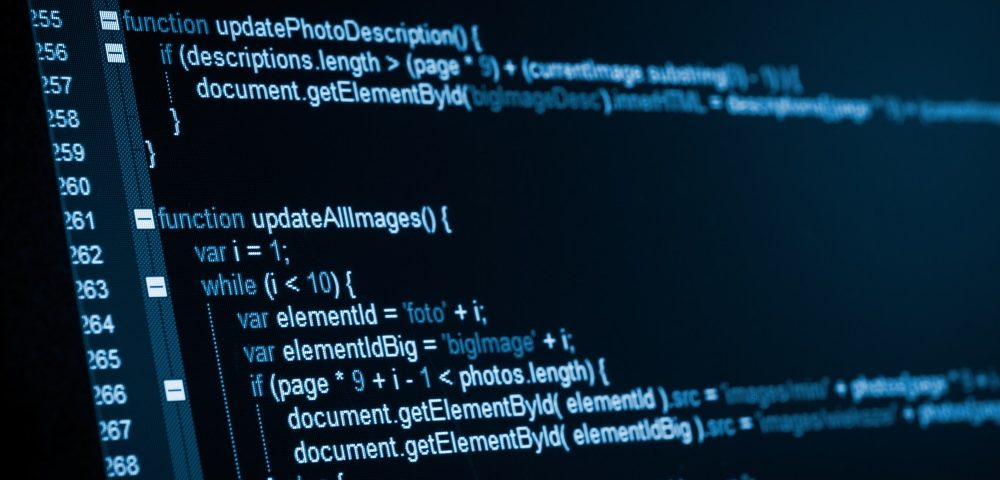Ten Strategies for Software IP Litigation

It’s a Bat! It’s a Robot! It’s a Robat!
February 11, 2017
I’ll Have Some Fries with That Automation
March 11, 2017Ten Strategies for Software IP Litigation

Software IP is different than most other IP in that there is no tangible end product. Based on my experience as an expert witness and consultant, the following are a few tips and strategies that might be considered regarding litigation of software IP.
- When requesting software during discovery, request commented source code, executable files, intermediate files, build files, data files, design documents, manuals, etc., in their original electronic formats.
- Even if the source code from opposing parties is written in different languages, infringement could still have occurred.
- If security is a concern, it might be possible to examine software source code on a computer with no internet connection and with USB ports disabled.
- Signs of potential source code copying include similar variable and function names, author names, comments, lines of code, and program flow.
- To examine code for content that might have previously existed, request all past revisions of source code files between a specific start and end date.
- Comprehending what the software is doing by reading source code could be a time-consuming effort. Extra time may be needed for that effort.
- Extracting executable code from a device and performing a “reverse assembly” to make it human-readable may be possible and could require significant effort to understand.
- Use of open source and third-party source code is common. It must first be identified and removed from the file set before examining the rest for IP content.
- CodeSuite® is a tool specifically designed to detect possible copying and plagiarism of source code and executable code.
- In looking for an expert, a horizontal expert (expert in a technology across many products) may be preferable to a vertical expert (expert in a product using many technologies).
If you need an expert, I may be able to help. Click here for more details.

